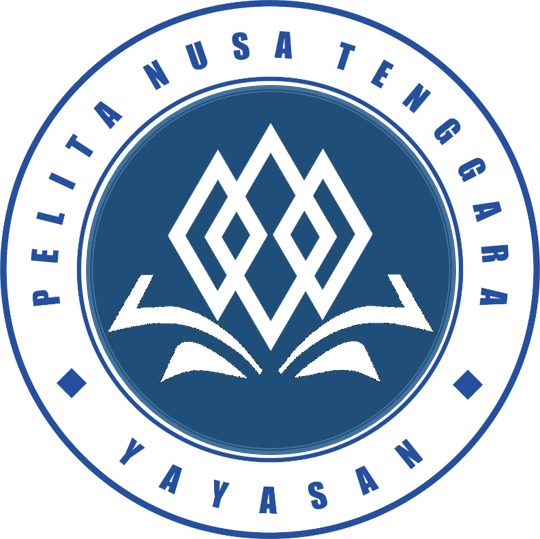The Workshop on Waste Treatment of Rambutan Peel and Rambutan Seeds by KKN Kebangsaan UNS in Mawar Mekar Village, Kapuas, Central Kalimantan
Workshop Pengolahan Limbah Kulit Rambutan dan Biji Rambutan Oleh KKN Kebangsaan UNS di Desa Mawar Mekar, Kapuas, Kalimantan Tengah
Abstract
Mawar Mekar Village is one of the villages located in Pulau Petak District, Kapuas Regency where agriculture is the main sector of the village economy. The main agricultural products of this village are rice, rambutan, chili, and other commodities. With a land area of 20 hectares, rambutan commodity can potentially increase the economy of rural communities. However, the knowledge of the villagers is limited to the use of rambutan fruit, only the flesh of the fruit, thus causing waste in the form of seeds and skin. Therefore, there is a need for reprocessing measures to reduce the waste. Community service activities are carried out through a Real Work Lecture (KKN) approach by Sebelas Maret University students who are members of the National Community Service Program. Departing from these problems, KKN students innovate to make products from rambutan skin and seeds that have high economic value. The community service program is packaged through real work lecture activities and is expected to provide benefits in the program. Through this program, he hopes to be able to provide the role of academics in devoting themselves to the community, as well as opening up opportunities for Village MSMEs that will help the village economy.
References
Burhani, Noviadi, R., dan Suahrso. (2018). Pengolahan Sampah Rumah Tangga Berbasis Partisipasi Aktif dari Masyarakat Melalui Penerapan Metode 4Rp untuk Menghasilkan Kompos. Jurnal Pengabdian Kepada Masyarakat, 2 (1), pp. 7-13.
Anshory, H., Suparmi, dan Tumimy, A.S. (2006). Aktivitas Antioksidan Kulit Buah Rambutan (Nephelium lappaceum L.) terhadap Penangkapan Radikal Bebas DPPH. Jurnal Ilmiah Farmasi. 3 (1)
Muhtadi, M., Haryono, H., Sujono, T. A., dan Suhendi, A. (2016). Antidiabetic and Anthihypercholesterolmia Activities of rambutan (Nephelium lappeceum L.) and Durian (Durio zibrnthinus Murr.) Fruiit Peel Extrcts. Journal of Applied Pharmaceutiacal Science, 6 (4), pp. 190-194.
Nurfadillah, St. C. dan Rustiah, W. (2016). Analisis ANtioksidan EKstrak Etil Asetat dari Kulit Buah Rambutan (Nephelium lappaceum) dengan Menggunakan Metode DPPH(1,1 difebil-2 pikrilhidrakzil). Al Kimia, 4 (1), pp. 78-86.
Shrestha, P. dan Hendral, M. (2017). Evaluation of Immunomodulatory Activity of Extrct from Rind of Nephelium lappaceum Friut. International Journal of Pharmacy and Pharmaceutical Sciences, 9 (1), pp. 38-43
Suyana, Dayat. (2018). Manfaat Buah. Dayat Suyana Independent.
Rizal, J., Rizaly, E. N., dan Djabbar, A. (2021).Hubungan Tingkat Partisipasi dengan Tingkat Kesejahteraan Masyarakat dalam Pengembangan Wisata Pesisir. Jurnal Penelitian dan Pengabdian Masyarakat Bidang Pariwisata, 1 (1), pp 1-7.
Widiarti, N., Wahyunu, S., dan Mahatmanti, F. W. (2013). Pengolahan Buah dan Biji rambutan Sebagai Makanan Tradisional Koktail, Manisan, Emping Biji Rambutan, dan Obat Herbal yang Berkhasiat. Rekayasa, 11 (2), pp. 75-78
Wisudanti, D. D. (2016). Kajian pustaka: aplikasi terapeutik Geraniin dari ekstrak kulit rambutan (Nephelium lappaceum) sebagai antihiperglikemik melalui aktivitasnya sebagai antioksidan pada diabetes melitus tipe 2.







